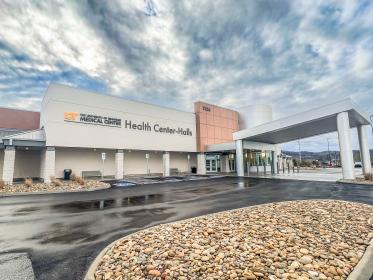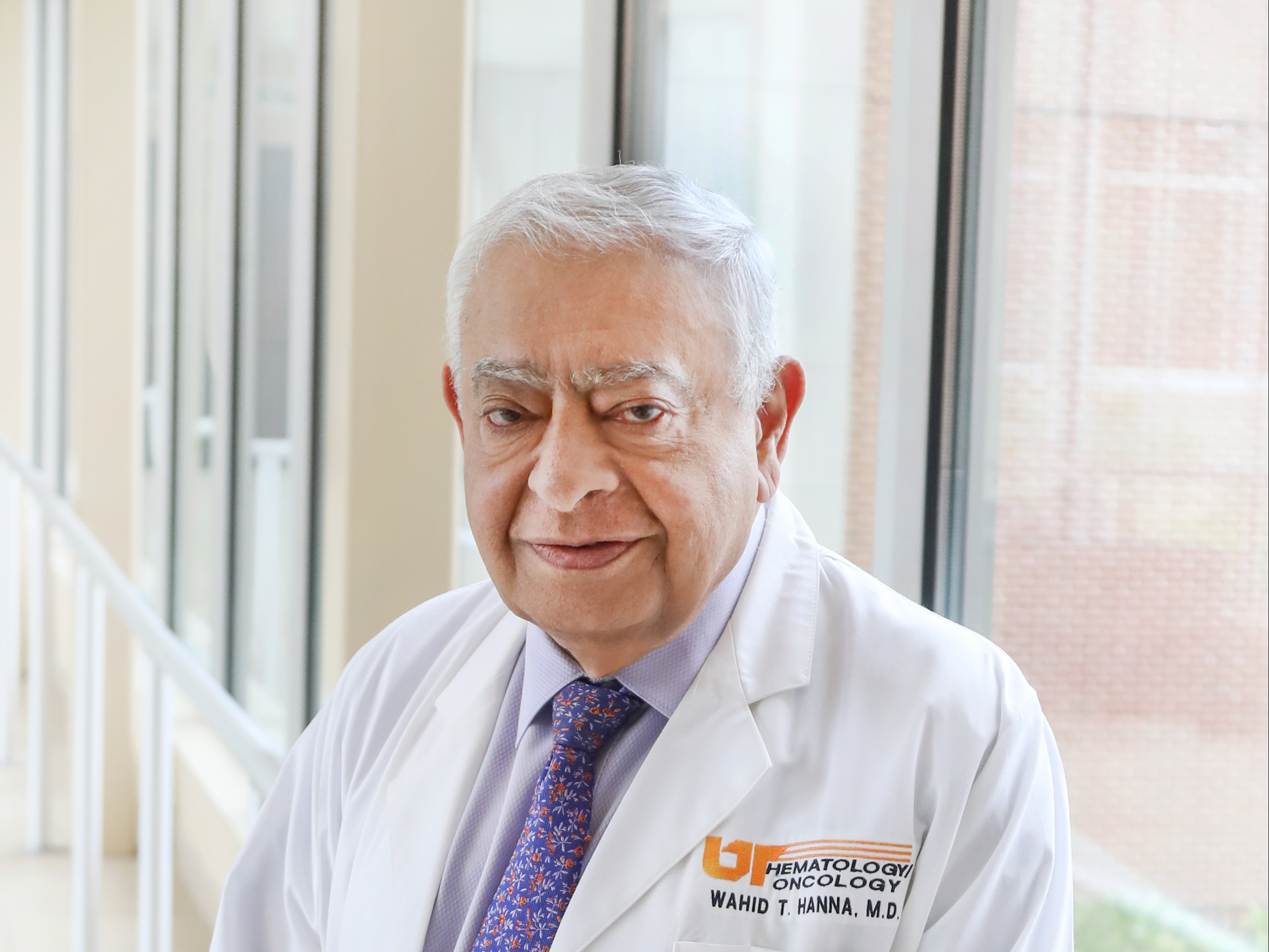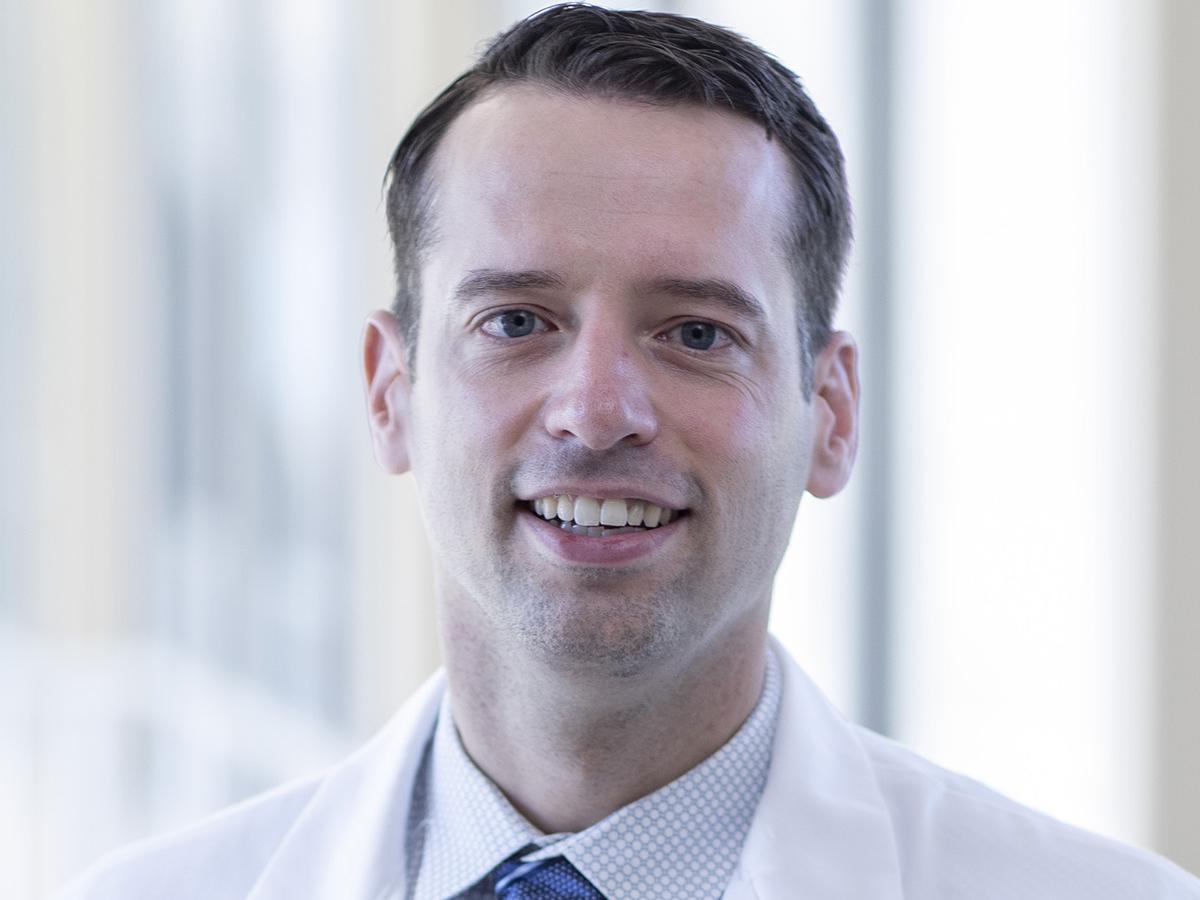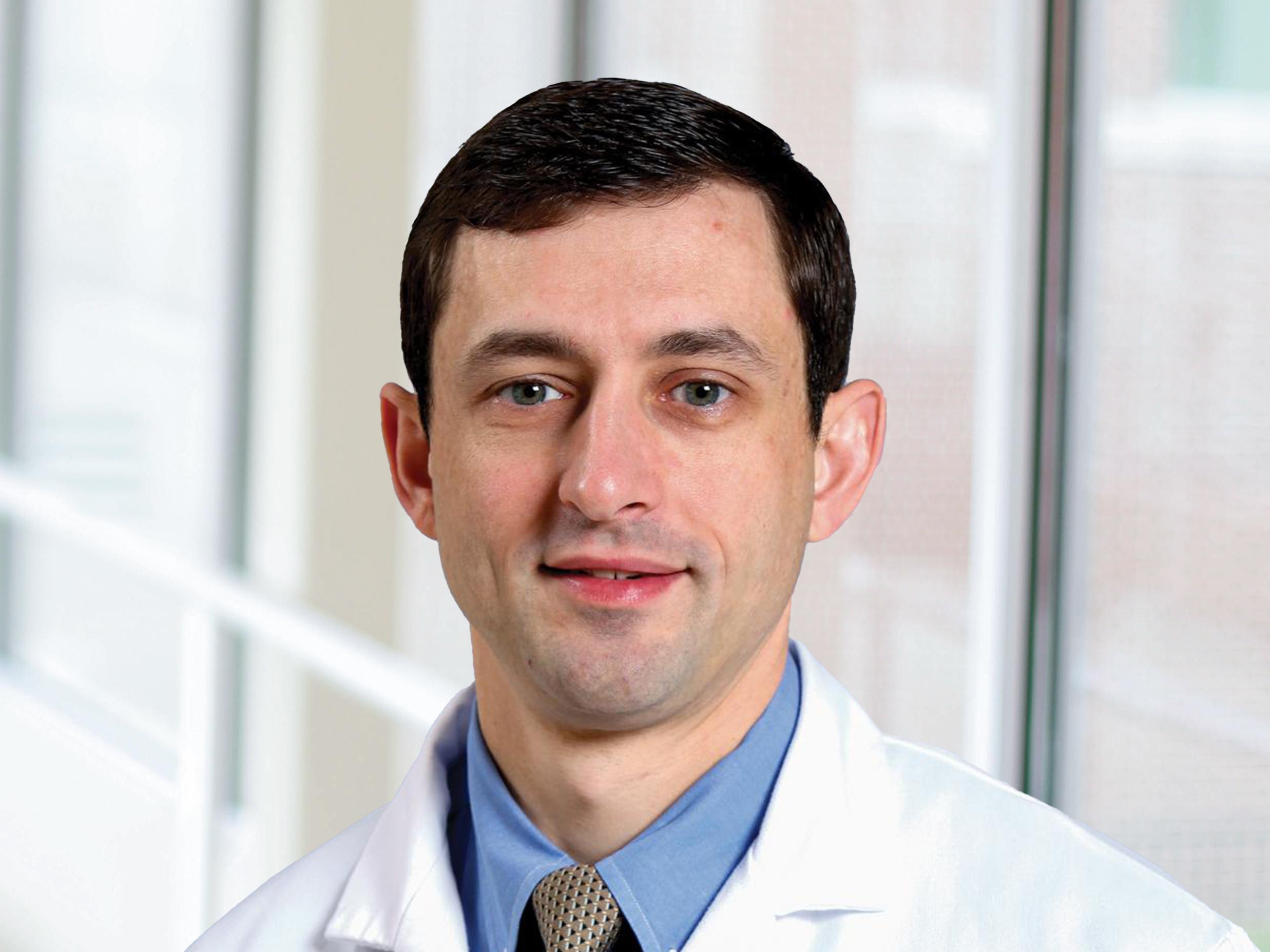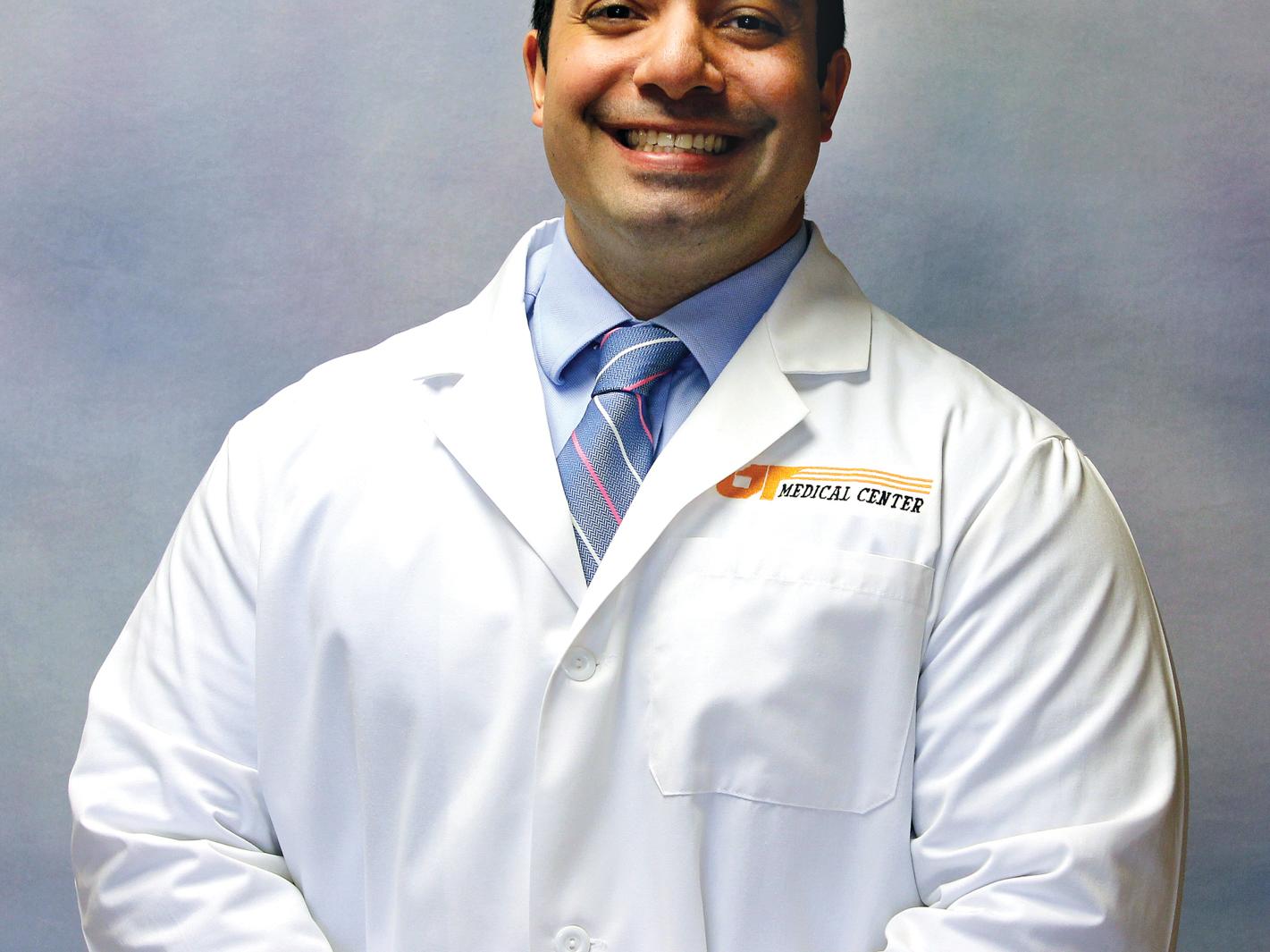Overview
The University of Tennessee Medical Center Liver and Pancreas Service is designed to meet the comprehensive needs of patients with liver and bile duct cancers. We treat benign and malignant diseases involving the liver and bile ducts, gallbladder, pancreas, and the duodenum. We have developed a unique multidisciplinary team who focuses on providing curative and palliative treatments across the continuum of inpatient and outpatient care.
About Liver and Bile Duct Cancers
The liver is an organ in the upper right side abdomen that is primarily covered by the rib cage. It functions to produce bile, filter many toxins, create proteins and store important vitamins and minerals. The bile that is produced travels through a duct system within the liver which then combine into a large common duct which then empties into the first part of the intestine (the duodenum). Bile helps with digestion of fatty foods such as meats and dairy products.
Cancer cells can form from liver or bile duct cells. Cancers that form from a liver cell are called primary liver tumors or hepatocellular carcinoma (HCC) or hepatomas. Tumors that grow from bile duct tumors within the liver are called intrahepatic cholangiocarcinomas or intrahepatic bile duct tumors. Tumors can also form in the bile duct system outside of the liver and these are called extrahepatic cholangiocarcinoma or extrahepatic bile duct tumors.
The most common tumors in the liver come from other sources such as the colon. Colon cancer metastases (or spread of tumor to another organ) are the most common cancers found in the liver. Cancers from the stomach, pancreas, lung, breast and many other sites can spread to the liver.
The Liver and Pancreas Service (LAPS) at UT Medical Center is designed to provide easy access to a multidisciplinary team specializing in diagnosing and treating liver and bile duct cancers.
Your Care at the Cancer Institute
Our core team includes surgical oncology and hepatobiliary-trained surgeons, medical and radiation oncologists, interventional radiologists and nurse navigators, trained at some of the top institutions in the country, bringing the best care to patients in our region. The team is dedicated to achieving the highest national standards and reaching patients in the most at-risk areas of East Tennessee.
Our center is designed to assist and support patients through their cancer journey so they can choose the most appropriate treatment plan based on their particular diagnosis and needs.
Signs and Symptoms of Liver and Bile Duct Cancers
Most tumors of the liver develop with no perceivable symptom. Sometimes, the tumor will block the bile duct and cause the skin to turn yellow (or become jaundiced). Other times the presenting symptom is pain. The pain can be subtle though it often begins in the upper abdomen and can eventually radiate to the right side of the back. Sometimes the tumors are related to cirrhosis and the symptoms are related to progressive liver dysfunction rather than directly related to the tumor. These symptoms may include increased abdominal girth, fatigue, bleeding from the stomach, and development of new veins around the belly button. Tumors that spread to the liver from another site often have no symptoms and are diagnosed by a CT scan.
These symptoms may be caused by liver or bile duct cancers or by other non-cancerous conditions. It is important to check with a doctor for an accurate diagnosis.
Diagnosing Liver and Bile Duct Cancers
The evaluation for liver or bile duct cancers begins by having your doctor or primary care provider discuss your signs and symptoms. An exam is performed to include an evaluation of your abdomen. If symptoms suggest a problem with the bile duct system or the liver, specific lab tests are often ordered first. Typically, a CT scan is performed next to evaluate the liver and bile ducts.
A liver tumor or a bile duct tumor is often suspected based on radiology imaging findings. At times an actual mass is visualized on a CT scan. If a liver tumor is not clearly seen on CT scan, an MRI may be ordered to better visualize the lesion. The MRI can often diagnose a benign or cancerous lesion in the liver without having to obtain a needle biopsy. If the diagnosis is still unclear, a needle biopsy is required. This biopsy needle is often passed through the skin on the right side into the liver.
Another approach to diagnose a liver or bile duct tumor includes an endoscopic ultrasound. This device uses an ultrasound attached to an endoscope camera. The ultrasound is advanced through the mouth into the stomach and the first part of the small intestine. It is used to visualize the liver and bile ducts through the wall of the stomach and duodenum. A directed biopsy of the left portion of the liver or the bile ducts external to the liver can be performed through the endoscopic ultrasound. The endoscopic ultrasound can also determine if bile duct cancers have invaded into surrounding structures such as blood vessels.
Patients are reviewed at multidisciplinary conferences where surgeons, medical oncologists, surgical oncologists, radiation oncologists, radiologists, pathologists, genetic counselors, nurses and clinical trials coordinators gather to determine the best individualized treatment plan for each patient. This level of coordination ensures that patients are receiving the highest level of care, offering the best outcomes and quality of life. Our comprehensive care teams also include integrative healthcare, a registered dietitian, financial counselors, pastoral care, palliative care, and a social worker.
Your Treatment Options
Treatment depends on the stage of the pancreas cancer and the symptoms at presentation.
Liver and bile duct cancers are often treated with a combination of surgery and chemotherapy. If bile duct cancers are found in the early stages, they are typically treated with surgery first followed by chemotherapy. If the tumor is more advanced, chemotherapy is started first. If possible, surgery is then considered after chemotherapy is complete.
For liver tumors that originate in the liver (hepatocellular carcinoma), small tumors or a small number of tumors are first considered for liver transplantation. If transplantation is not feasible, then surgical resection is considered first, followed by burning the tumors (ablation), or directed delivery of chemotherapy or radiation seeds to the liver (chemoembolization). Chemotherapy is offered when other modalities have been considered first.
For tumors that have traveled to the liver from another source (such as the colon), surgery is considered if all tumors can be resected or burned. At times, chemotherapy is considered first to shrink the tumors and surgery or burning the tumors is then offered. If surgery or ablation (burning the tumors) is not feasible, then chemotherapy or radiation seeds can be directly delivered to the liver (chemoembolization).
- Surgery to remove the involved portion of the liver and bile ducts
- Embolization
- Liver Ablation
- Chemoembolization
- Port Placement
- Chemotherapy
- Clinical Trials
- Radical Surgery for Advanced or Metastatic Disease
- Radiation Therapy
- Targeted Drug Therapy
Clinical Trials
Clinical trials are research studies made available to patients that offer the newest treatments and test new ways to prevent, detect, diagnose and treat diseases. For more information, visit the Clinical Trials page or call 865-305-9773.
Your Next Steps
One phone call to the Liver and Pancreas Service (LAPS) can put you in touch with our team of board certified physicians led by Dr. Keith Gray, a surgical oncologist. Initial appointments are guaranteed within 5 days. Cases are reviewed by the core team prior to arrival and every attempt will be made to schedule all initial consultations on the same day, in our multidisciplinary clinic.
The LAPS is designed to expedite the care of patients referred with symptoms or findings suspicious for a malignancy or a confirmed cancer diagnosis. The LAPS nurse navigator assists with the coordination of each referral while providing information, education and support for patients and their families. In partnership with the referring physician, the LAPS will work to determine and complete the specific plan of care. Patients may be referred for only special diagnostic procedures or treatments and then returned to the referring physician for completion of their care plan and follow-up.
All specialists and procedures are available in one location on the campus of The University of Tennessee Medical Center.
Our Cancer Institute team is here for you in what can be a very stressful time. Please don’t hesitate to ask questions and request help when you need it. You can reach the Cancer Institute by calling (865) 305-6055. Our new patient section will provide you additional information about the Cancer Institute and everything you need to know to prepare for your first visit.
For more information on liver and bile duct cancer, visit our External Resources page for several trusted sites to enhance your research and understanding of your diagnoses.

